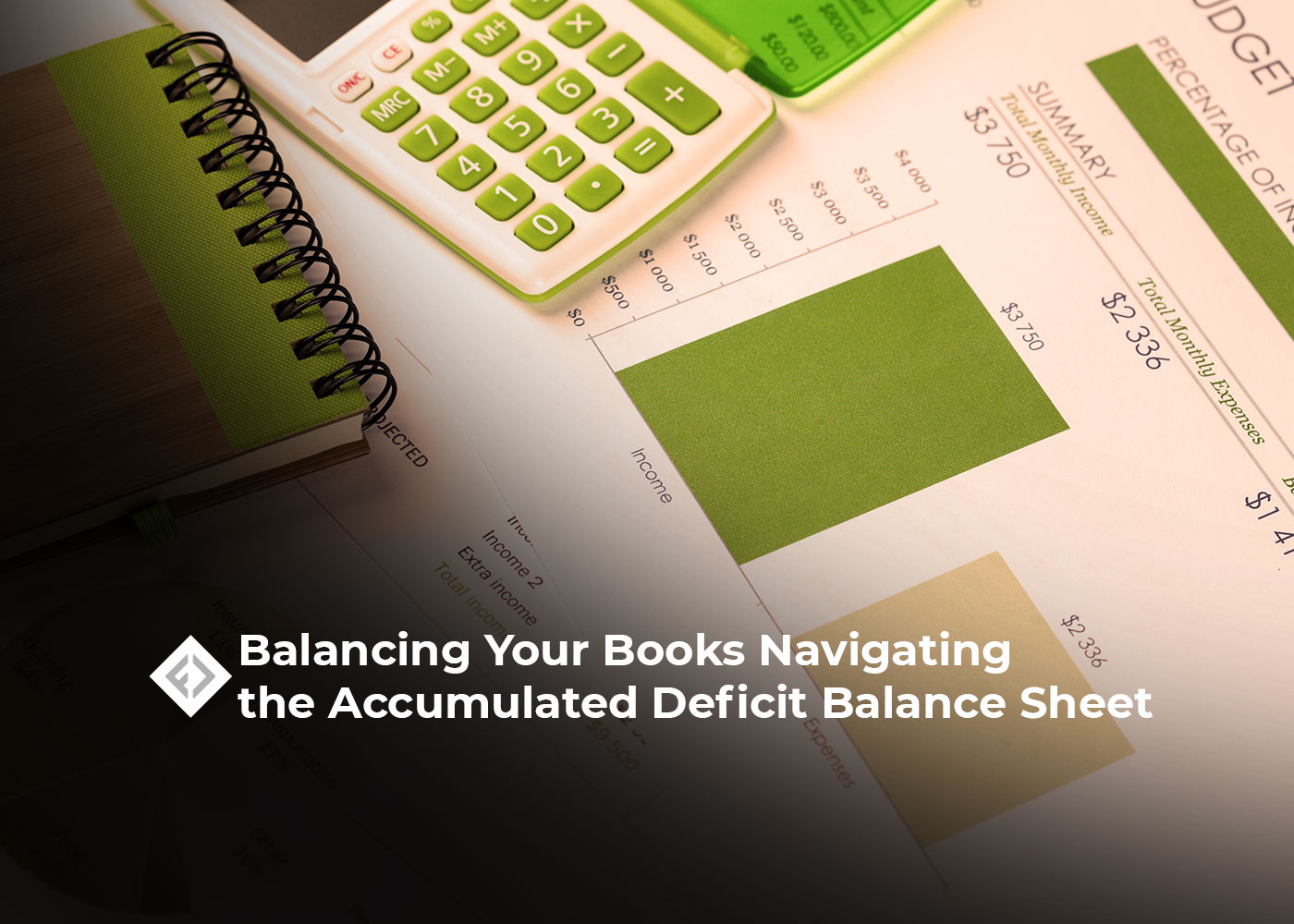Understanding the concept of an accumulated deficit balance sheet can be complex and seemingly overwhelming. Knowing how to interpret one accurately is essential, especially for financial institutions and experienced investors. While it may appear daunting at first glance, learning about this economic statistic can provide valuable insight into a company’s current fiscal state and ability to grow. Here we will discuss what an accumulated deficit balance sheet is, how it’s calculated, and interpret its implications on the strength of your investments.
Accumulated Deficit Balance Sheet: What is It?
The accumulated deficit on the balance sheet is the amount of a company’s cumulative losses not offset by profits or other gains. It represents the cumulative amount the company has lost since its inception and is reported as a negative balance on the equity section of the balance sheet.
The cumulative deficit formula is relatively simple. It is calculated by subtracting the company’s total revenues or profits from the total losses or expenses. The formula is:
Cumulative deficit = total loss – total income

For example, if a company has lost $1 million since its inception and he made a profit of $500,000 over the same period, the cumulative loss is calculated as follows:
Cumulative deficit = $1,000,000 – $500,000 = $500,000
In this example, the company’s cumulative deficit would be recorded as a negative balance of $500,000 on the equity section of the balance sheet. Cumulative deficit balance is an essential indicator of a company’s financial position as it represents the degree to which it has struggled to profit and recoup its losses. Companies with high cumulative deficits may need help attracting investors and securing funding, so they can be considered risky investments.
To Summarize
Accumulated deficit balance sheets can have a long-term financial impact on organizations. We must remember that we must be mindful of our current economic situation and any past obligations or investments, as it can help us better manage our finances and plan for the future. Accumulated deficits are sometimes good when handled correctly; these balance sheets can open up new opportunities for an organization. While there are many aspects to consider when analyzing an accumulated deficit balance sheet, the essential factor is understanding how to best leverage this information for the potential benefit of your organization.











